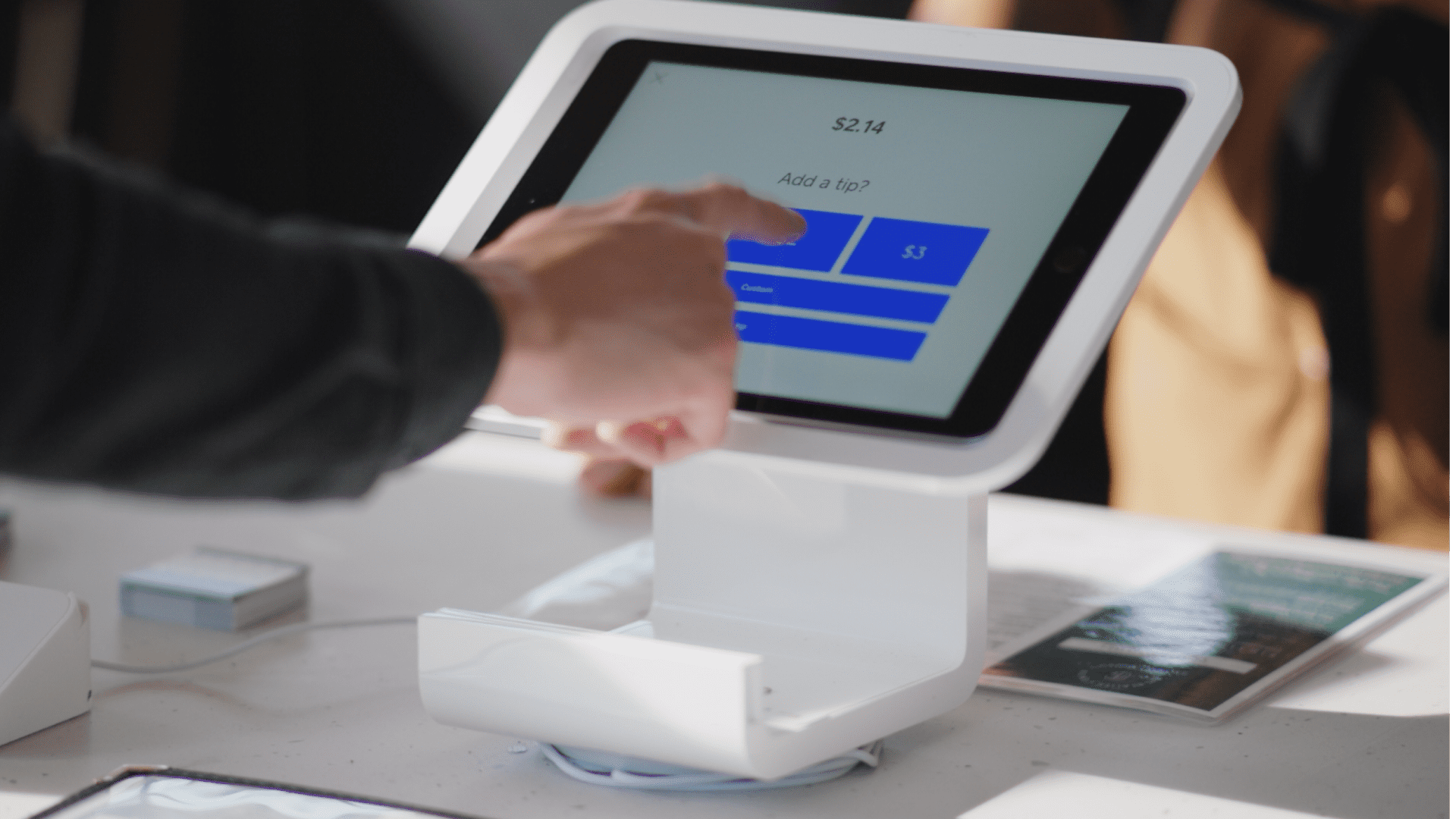
When was the last time you purchased something and you weren't asked for a tip?
Not only are requests to tip on purchased goods and services increasingly common, but the amount of the traditional tip also has been on the rise for decades.
During the 1950s, people commonly tipped 10% of the bill. By the 1970s and 1980s, that percentage had jumped to 15%.
In 2023, people typically tip anywhere from 15% to 25%. Consumers on average said they tipped more than 21%, according to a Creditcards.com survey in May 2022.
"What we're seeing now nationwide is something that is known as 'tipflation' … at every opportunity we're being presented with a tablet that's asking us how much we'd like to tip," said etiquette expert Thomas Farley, also known as "Mister Manners."
The coronavirus pandemic put more upward pressure on tipping. During the height of those days, consumers started tipping for things they never had before to service industry workers.
In February 2020, just before the pandemic began, in food and drink specifically, the share of remote transactions when tipping was offered was 43.4%, according to Square. In February 2023, that share was 74.5%.
Meanwhile, if people were willing to give the person delivering food to their home a 30% tip for service, why not ask if they'd like to tip when they come to pick up? Restaurants started doing that more often — and that practice hasn't ebbed.
Another reason people are tipping more is because of newer and cooler-looking technologies — kiosks and tablets with three large tipping suggestions that pop up on the screen in front of you. Business owners typically pick those options, and they can also disable the feature if they want to.
To that point, 22% of respondents said when they're presented with various suggested tip amounts, they feel pressured to tip more than they normally would, according to Creditcards.com.
"They use those options as an indication of what the normative range is and feel compelled to tip within that range. So the more you ask, the more you get," said Mike Lynn, a professor of consumer behavior and marketing at Cornell University's School of Hotel Administration.
The three prominent companies with that trendy and sleek look are Square, Toast and Clover. The companies launched about a decade ago to help businesses run smarter, faster, and easier.
In some cases, they charge fewer fees so it's less of a burden to accept multiple credit cards, don't require long-term contracts, and offer multiple other useful tools including inventory and employee management.
"They got credit card processing into the hands of individuals and very small merchants," said Dave Koning, a senior research analyst at Baird. "Square did a great job … it's been a tremendous growth story. That's half of the business today," he added.
But, with customers tipping more, where's the tipping point?
"I have to believe tips are going to go up from where they are today. But I also think there's got to be a logical ceiling somewhere. I just don't know where it is," Lynn said.
Watch the video above to learn more.
"control" - Google News
April 01, 2023 at 07:00PM
https://ift.tt/xUFL0q7
How tipping in the United States got out of control - CNBC
"control" - Google News
https://ift.tt/bklg8xV
https://ift.tt/vM0nwcq
Bagikan Berita Ini















0 Response to "How tipping in the United States got out of control - CNBC"
Post a Comment